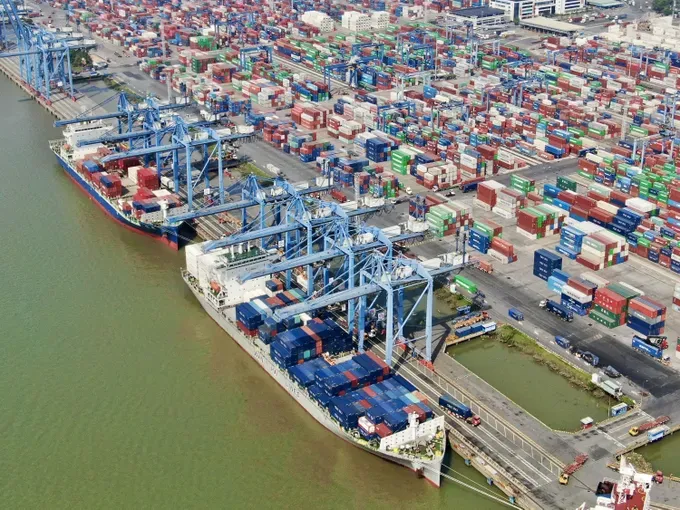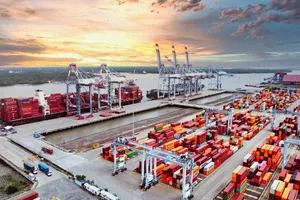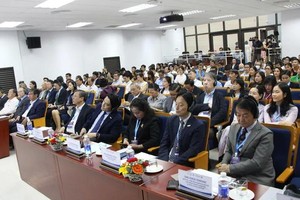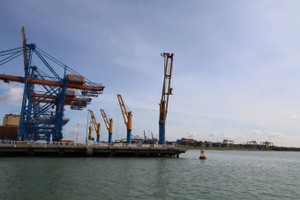
At the forum co-organized by the Vietnam Institute for Innovation Research (VIC), the Ho Chi Minh City Institute for Development Studies (HIDS), and several partners, experts and businesses shared insights and recommendations to help the city achieve an average GRDP growth rate of 10 percent–11 percent for the 2025–2030 period. One of the most pressing issues raised by enterprises was the need to reduce logistics costs — a major bottleneck that continues to undermine the competitiveness of Vietnamese goods.
General Director Tran Van Phat of Robot Company and Director of VIC noted that logistics expenses currently account for 7 percent–12 percent of product costs — nearly double the regional average. He proposed that the city accelerate investment in inter-regional transport routes, develop inland ports, build modern logistics centers, and promote logistics digitalization. At the same time, simplifying administrative procedures would help reduce time-related costs and allow businesses to improve capital turnover.
According to economist Huynh The Du, if Ho Chi Minh City wants to achieve rapid growth, it must first unlock its existing resources. The city’s public investment disbursement rate has remained below target for many years, meaning that a portion of capital still lies dormant.
Dang Quang Vinh, a private-sector specialist at the World Bank, emphasized that the city should focus on three key indicators including GRDP growth, public investment disbursement rate, and labor productivity. When these three move in the right direction, other factors will naturally follow.
From a policy standpoint, Director Nguyen Truc Van of the Center for Socioeconomic Simulation and Forecasting (HIDS) stated that investment in science, technology, and digital transformation is essential for maintaining an annual labor productivity growth rate of at least 8 percent. “The digital economy should account for 30 percent–40 percent of GRDP and the city’s budget allocation for science and technology must reach 4 percent–5 percent,” the director said.
HIDS is currently developing a “Center of Excellence” model to connect research institutes, universities, and businesses so that research results can be quickly applied in production helping to create new products and technologies for the city.
Experts agreed that with an expanding economic space, Ho Chi Minh City can fully achieve double-digit growth if it effectively leverages regional advantages, improves infrastructure, and fosters innovation.
























